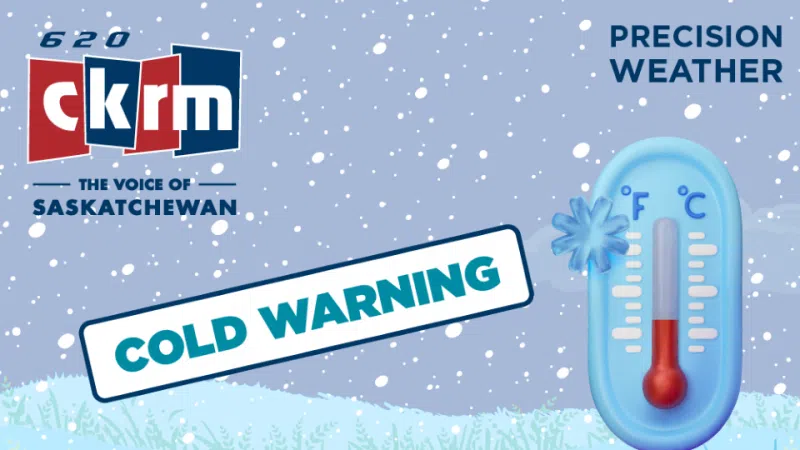The size and scope of the oil spill caused by the Keystone pipeline Wednesday remains unknown, but analysts say Canadian crude could suffer a significant price impact if the pipeline is shut down for more than a few days.
Pipeline operator TC Energy Corp. said Wednesday evening that it had mobilized people and equipment in response to a confirmed release of oil into a creek in Washington County, Kan., about 32 kilometres south of Steele City, Neb.
The system remained shut down Thursday morning, as crews respond and work to contain and recover the oil that was spilled.
TC Energy has not indicated how much oil was spilled, or how long the pipeline system is expected to be down.
It said the affected segment of the pipeline has been isolated and booms have been deployed to prevent the leaked oil from moving downstream.
But analysts say any prolonged shutdown would be problematic, because oil from Western Canada has already been trading at a significant discount to global prices so far this season. In October, for example, the differential of WTI over WCS was US$20.65 (a US$15 spread is more typical).
That price differential between Western Canadian Select and New York-traded West Texas Intermediate (WTI) in 2022 has not been because of a lack of pipeline access but more due to a series of refinery outages in the U.S. Midwest, which have lessened the ability for operating refineries to take on excess barrels of Canadian heavy crude.
However, a Keystone shutdown of more than a few days would quickly start to impact transport of Canadian oil both to the U.S. storage hub in Cushing, Okla. and to refiners along the U.S. Gulf Coast, forcing Canadian oil producers to begin selling barrels at an increased discount.
“If this lasts a long time, and you begin to have egress constraints again, that starts nudging the differential open,” said Rory Johnston, an oil markets analyst and founder of the Commodity Context newsletter.
“It’s not a great situation for Canadian crude shippers, and particularly producers of Canadian heavy oil, at this particular moment.”
The Keystone pipeline system stretches 4,324 kilometres and helps move Canadian and U.S. crude oil to markets around North America.
There have been a handful of spills along the pipeline’s route in recent years, the most significant of which were in November 2017 and October 2019.
Vijay Muralidharan, energy analyst and managing director with R Cube Consulting Inc., said the 2017 spill in particular was a problem for Canada. In the 10 days that the pipeline was shut down, WTI prices jumped and Canada’s WCS fell sharply, taking a bite out of the Canadian energy sector’s profits.
Muralidharan said at that time, there was less pipeline access out of Canada. The addition of Enbridge’s Line 3 replacement project, which came online in 2021, has added significant capacity.
Still, he said markets were jittery Thursday.
“Because (traders) don’t know how long (Keystone) is going to be shut, it’s pretty mild,” Muralidharan said, adding 10 days is about the longest the pipeline can be shut down before a significant market impact.
“But if the news gets out that it’s going to be shut for longer, you’re going to see panic and pandemonium on the markets.”
Johnston said his “base case estimate” is that Keystone could be down for two weeks, which would be “significant.”
“That said, it’s very, very hard to tell early on how much of an issue this is going to be,” Johnston said. “A lot of the leak is sub-surface, the ground is frozen … It’s going to be a little while until we know the full extent.”
Wednesday’s spill has also provided ammunition for environmental activists south of the border. In a statement, Catherine Collentine of the Sierra Club referred to a “toxic” spill from the Keystone pipeline and used the negative term “tar sands” to describe Canada’s oil producing region of northern Alberta.
“This is not the first time this pipeline has spilled and unfortunately we know all too well that it won’t be the last,” Collentine said. “There is no such thing as a safe tar sands pipeline.”













